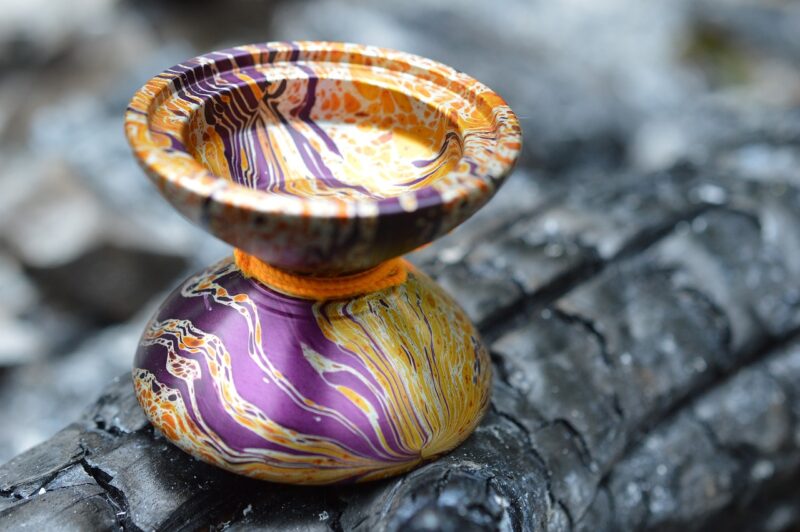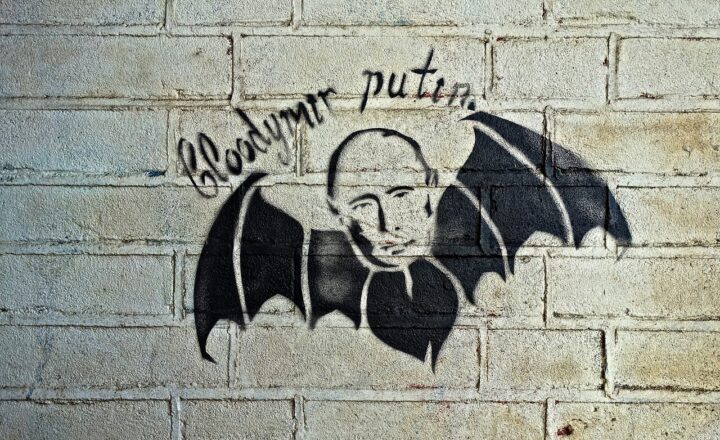How Yo-Yo Tricks Became Symbols of Street Cred in the 2000s
November 12, 2024

The 2000s marked a unique period in pop culture, pigeonholing specific trends that captured the youth’s imagination. Among these, one unexpected trend emerged—the yo-yo. A simple toy transformed into a cultural symbol, representing skill, creativity, and street cred during a time when the urban scene was evolving rapidly. This article delves deep into the origins, rise, and cultural significance of yo-yo tricks in the 2000s.
1. The Yo-Yo: From Ancient Toy to Modern Phenomenon
The yo-yo is one of the oldest toys in history, believed to have originated in ancient Greece around 500 BC. However, its modern version took shape in the 20th century. The 1920s saw the invention of the modern yo-yo by Donald Duncan, who commercialized it into a significant toy market.
By the late 1990s, yo-yos started gaining traction among kids and teenagers, leading to the introduction of new tricks and styles. The development of specialized yo-yos helped facilitate more complex tricks, making the toy more enticing for young enthusiasts.
2. Pop Culture and the Yo-Yo Boom
The 2000s also saw an explosion of pop culture influence that bleached street credibility into various activities. The emergence of TV shows, films, and online platforms increased the visibility of yo-yo tricks. Youngsters began imitating popular artists and figures performing tricks, embedding the yo-yo deeper into urban culture.
Television shows like *America’s Got Talent* showcased talented yo-yo performers, capturing the public’s attention and spurring interest. Suddenly, yo-yoing was no longer just a pastime; it was a performance art.
3. The Role of Competitions and Events
Yo-yo contests played a pivotal role in cementing its status as a legitimate skill showcasing. The first World Yo-Yo Contest was held in 1992, but it gained massive traction in the 2000s. Local schools and youth centers began hosting yo-yo competitions, encouraging kids to gather, compete, and showcase their creativity.
With the rise of the web, platforms such as YouTube allowed enthusiasts to share their unique tricks, thus creating viral sensations. Video tutorials navigated young aspiring yo-yoers through complex tricks; the ‘around the world,’ ‘rock the baby,’ and ‘loop-the-loop’ evolved into advanced moves that captured attention, acclaim, and admiration amongst peers.
4. Yo-Yo and Street Cred: A Cultural Shift
By the mid-2000s, nothing screamed street cred like showing off a series of seamless yo-yo tricks. Young people began associating combinations of tricks with creativity and resourcefulness, increasing the toy’s social currency. The rise of ‘yo-yo gangs’ or unofficial clubs emerged in schools, where members showcased their skills as badges of honor.
In many inner-city neighborhoods, a skilled yo-yo artist could command respect, often seen as someone who transcended traditional hobbies. The fluid connection between yo-yoing and urban creativity enhanced the youthful notion of identity and credibility.
5. The Impact of Technology on Yo-Yoing
As we transitioned further into the 2000s, tech began to reshape the landscape of all forms of entertainment, including yo-yos. Innovations such as ball bearing axles and specialized materials allowed manufacturers to produce yo-yos that spun longer and more smoothly. This technological leap facilitated the development of more intricate tricks, appealing to a younger audience eager to push boundaries.
YouTube videos, online forums, and social networking sites provided instantaneous sharing and feedback. Yo-yoers found community support and mentorship online through platforms such as Instagram and TikTok, where popular influencers showcased their talents, often sparking trends that rapidly spread across generations.
6. The Legacy & Evolution of Yo-Yo Tricks
Decades later, the roots laid by the 2000s can still be traced in contemporary yo-yo culture. Yo-yoing has transformed from a simple toy into a mesmerizing art form. The ‘yo-yo trick documentary’ culture has paved the way for countless new enthusiasts who continue to hone their craft while influencing future generations. Today, world records are regularly challenged, new technically advanced yo-yos are released, and competitions are held globally, illustrating that the yo-yo’s relevance remains as strong as ever.
The resurgence of retro toys has revived interest in yo-yos, triggering nostalgia for those who experienced their rise in the 2000s. The same tricks that once represented street credibility now convey artistry, discipline, and dedication, leaving a unique legacy in the realm of play.
Conclusion
Understanding how yo-yo tricks galvanized a cultural movement in the 2000s reflects the intricacies of youth culture and trends. The yo-yo’s popularity shifted away from mere childhood play and emerged as an expression of identity, creativity, and community. As we look to the future, it’s clear that the spirit of yo-yoing will continue to inspire innovation, creativity, and perhaps the next generation’s embodiment of street cred.







